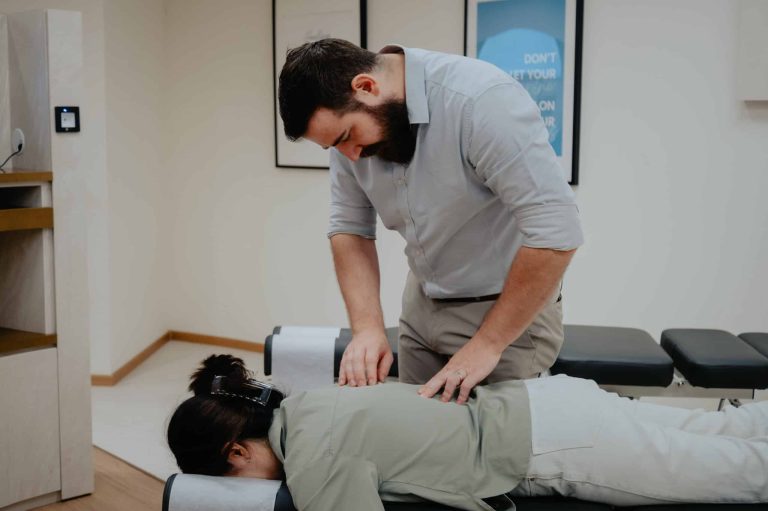Periods are a norm in every woman’s life. The monthly bleed is vital for the well-being of the reproductive system in the woman’s body. The cycle consists of different phases that functions differently at different times during each cycle. There is no hard and fast rule that states the exact number of days that a woman should have in a cycle to be considered optimum, rather any number between 21 to 35 days is deemed normal. Understanding your menstrual cycle helps you to avoid pregnancy, plan a pregnancy and in general, for you to know if your periods and your cycles are normal.
The entire menstruation cycle is a hormonal play. The uterus and ovaries are largely affected by the hormones that are produced in the brain and in the ovaries. The day that your period starts is the first day of your cycle. The icky, uncomfortable feeling, the pain, mood swings, bloating, and lethargy is no stranger to anyone going through their menstruation. As you are shedding the old uterine lining, the pituitary (part of the brain that controls hormone production) starts releasing hormones to build new walls for your uterus. Basically, priming the uterus to be a home for possible embryos in the cycle. This phase is called the proliferative phase. The bleeding should last about 5 to 7 days in average. During this time, the follicles in your ovaries also starts to mature.
As your period come to an end around day 5 -7, all but one ovarian follicle stops growing. The one continues to mature and will eventually burst and produce an egg, also known as the ovum. This is called ovulation. Ovulation usually takes place on the 14th day of your cycle (in a 28-day cycle). You are most fertile during this day and the three days that lead up to your ovulation. If you are in a dire need of a baby, this is the time to be ramping up efforts, however, for those that want to avoid pregnancy and are practicing natural contraception, intercourse during day 11 -13 should be avoided. You will also notice that your cervical mucus becoming thinner and clearer to aid the sperm’s pathway up to the waiting ovum. Some women experience pain and/or spotting during ovulation. Most people mistake this for intermenstrual bleed or a period.
Through day 15 to 24 of your cycle, after ovulation, the hormones released during this time will continue to thicken to create an ideal home for implantation of an embryo. The ovum will travel to the Fallopian tube waiting for a possible suitor (sperm) to fertilize it. If fertilization occurs, and the product, an embryo implants itself onto the lush wall of the uterus, it is a pregnancy. The body continues to produce certain hormones to facilitate the budding embryo. However, if fertilization does not occur, the ovum still travels to the uterus to be expelled. Hormone level comes crashing down from days 24 – 28. This causes the dreadful premenstrual syndrome, largely known as its abbreviation, PMS. You start feeling anxious, depressed and highly irritable. Internally, the uterine walls starts contracting and disintegrate. The contraction that occurs is what makes the period painful before and during the first few days.
The description above is accurate for a textbook menstrual cycle. What you go through with your cycle may vary. The hormonal levels and changes are highly affected by a plethora of factors. Physical activity, the food you consume, stress levels, medications, and underlying diseases may affect your menstruation cycle. Be mindful and keep up to the changes that your body goes through. You know your body best. Get expert medical consults if you sense something is wrong. Hopefully, this gives you an insight on what to expect and what is actually happening during your menstruation cycle. Read more about menstruation at this link https://www.doctoroncall.com.my/menstruasi.

















